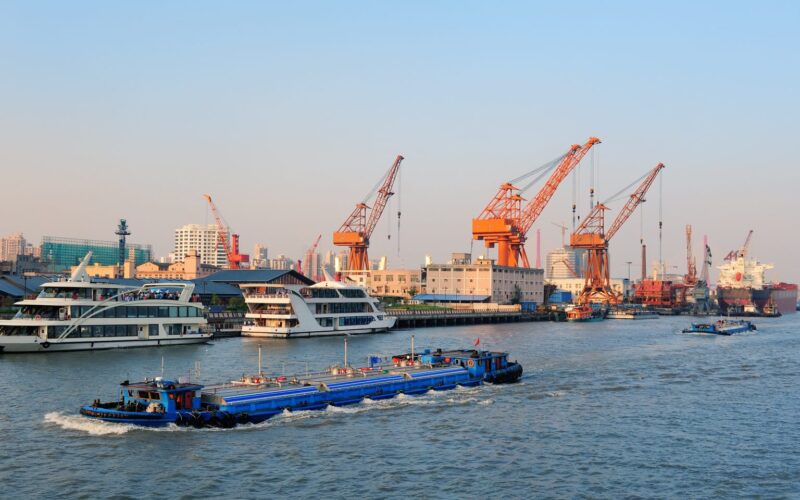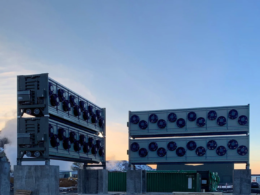In a major stride towards environmental sustainability, the Port Authority of Thailand (PAT) announced a new development strategy to incorporate advanced technology and green energy solutions. According to PAT’s Director General, Kriengkrai Chaisiriwongsuk, the initiative aims to transform the port into a leader in sustainable management, focusing on dust reduction, electrification, and modernising service delivery.
This comprehensive plan aligns with the national government’s broader sustainable development goals, emphasising a shift towards environmentally friendly and safe transport options. The “Green and Safe Transport” policy spearheaded by Deputy Minister Manaporn Charoensri, urges all departments to mitigate the adverse effects of global warming and pollution, including the perilous PM2.5 fine dust particles.
In response to these environmental challenges, PAT has introduced several measures to curb pollution in the Bangkok Port area including establishing environmental management policies, aiming to become a green port, which will enhance the quality of life for community residents. One such project promotes boat transport over truck transport, potentially reducing truck numbers by up to 1,000 vehicles.
Other steps include implementing a high-pressure misting system to settle the dust, enforcing a rule to turn off engines of Mechanical Handling Equipment when stationary, and closely monitoring emissions from trucks entering and exiting the port.
Moreover, PAT is keen on reducing greenhouse gas emissions through its installation of a solar roof system capable of generating 4.37Mwh/year of electricity in its warehouse and port areas. This initiative alone is projected to cut down carbon dioxide emissions by approximately 2,547 tonnes annually.
In terms of infrastructure, PAT is enhancing the efficiency of Bangkok Port, envisioning it as a regional logistics hub. This involves upgrading facilities to include a Free Zone Warehouse and a Multimodal Transport and Distribution Center, aimed at reducing logistics costs and enhancing service timeliness for metropolitan clients.
Plans also include a rigorous roadmap to further cut carbon emissions and integrate more green building concepts. Automation and artificial intelligence are slated to play crucial roles in improving operational speed, accuracy, security, and overall efficiency at the port. “The primary goal is to develop operations and logistics services that align with PAT’s mission to improve societal standards of living and contribute positively to the community and environment,” Kriengkrai said.
Finally, as part of its strategy to upgrade and modernise, PAT has invested in two new rail-mounted shoreside gantry cranes designed to boost container handling efficiency at Coastal Berth (20F). This move not only enhances operational standards but also supports local entrepreneurs by reducing logistical costs and positioning PAT as a benchmark of international standards in port operations.





















